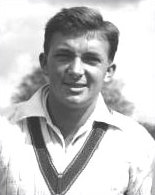
Richard Benaud was an Australian cricketer who played for New South Wales and Australia. Following his retirement from international cricket in 1964, Benaud became a highly regarded commentator on the game.

Ravishankar Jayadritha Shastri is a former player and head coach of the India national cricket team and a cricket commentator. As a player, he played for the India national cricket team between 1981 and 1992 in both Test matches and One Day Internationals. Although he started his career as a left arm spin bowler, he later transformed into a batting all-rounder. Shastri was a member of the Indian team that won the 1983 Cricket World Cup. He won the C. K. Nayudu Lifetime Achievement Award at the Indian cricket team annual award show NAMAN in 2024.

In cricket, a scorer is someone appointed to record all runs scored, all wickets taken and, where appropriate, the number of overs bowled. In professional games, in compliance with Law 3 of the Laws of Cricket, two scorers are appointed, most often one provided by each team.
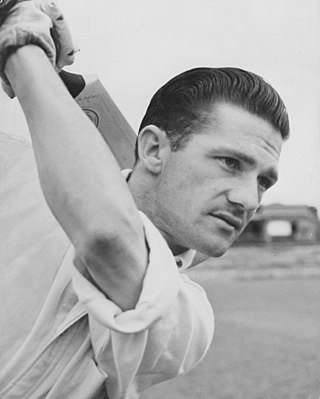
Robert Neil Harvey is an Australian former cricketer who was a member of the Australian cricket team between 1948 and 1963, playing in 79 Test matches. He was the vice-captain of the team from 1957 until his retirement. An attacking left-handed batsman, sharp fielder and occasional off-spin bowler, Harvey was the senior batsman in the Australian team for much of the 1950s and was regarded by Wisden as the finest fielder of his era. Upon his retirement, Harvey was the second-most prolific Test run-scorer and century-maker for Australia.
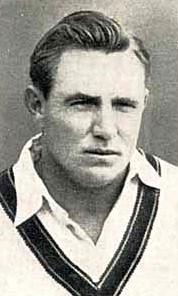
Raymond Russell Lindwall was an Australian cricketer who represented Australia in 61 Tests from 1946 to 1960. He is widely regarded as one of the greatest fast bowlers of all time. He also played top-flight rugby league football with St. George, appearing in two grand finals for the club before retiring to fully concentrate on Test cricket.

The Australian cricket team in England in 1948 is famous for being the only Test match side to play an entire tour of England without losing a match. This feat earned them the nickname of "The Invincibles", and they are regarded as one of the greatest cricket teams of all time. According to the Australian federal government, the team "is one of Australia's most cherished sporting legends". The team was captained by Don Bradman, who was making his fourth and final tour of England.
The 1912 Triangular Tournament was a Test cricket competition played between Australia, England and South Africa, the only Test-playing nations at the time.
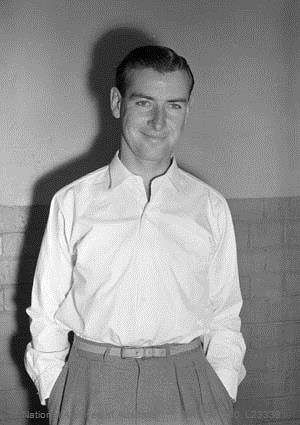
Ian Meckiff is a former cricketer who represented Australia in 18 Test matches between 1957 and 1963. A left-arm fast bowler, he is best known for two matters that were unrelated to his skill as a player: he was the batsman run out by Joe Solomon in 1960, causing the first Tied Test in cricket history; and in December 1963, his career was sensationally ended when he was called for throwing in the First Test against South Africa by Australian umpire Col Egar. During the late 1950s and early 1960s, there had been a media frenzy about the perceived prevalence of illegal bowling actions in world cricket. The controversy and speculation that dogged Meckiff in the years preceding his final match caused sections of the cricket community to believe that he had been made a scapegoat by the Australian cricket authorities to prove their intent to stamp out throwing.
In cricket, a duck is a batsman's dismissal with a score of zero. A batsman being dismissed off their first delivery faced is known as a golden duck.
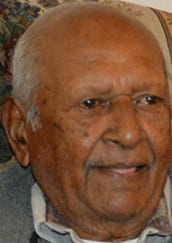
Joseph Stanislaus Solomon was a Guyanese cricketer who played 27 Test matches for the West Indies from 1958 to 1965, scoring 1,326 runs, mainly from number six and seven in the batting line-up. He also bowled occasional leg-breaks but was best known as a brilliant fieldsman. He was best remembered for his role in the famous Tied Test match between the West Indies and Australia in 1960 at the Gabba, where he was involved in two direct hit runout dismissals.
The India national cricket team toured Australia in the 1947–48 season to play a five-match Test series against Australia. Australia won the series 4–0, with one match drawn.
The West Indies cricket team toured Australia in the 1960–61 season under the captaincy of Frank Worrell. Both Worrell and his opposing captain, Richie Benaud, encouraged their teams to play attacking cricket. The first Test of the five match series ended in a dramatic tie, the first of only two instances in Test cricket. Though West Indies narrowly lost the series 2–1, with one draw in addition to the tie, they might easily have won both the last two matches and taken the series 3–1. They took much credit for contributing to such an exciting series and made themselves extremely popular with the Australian public. Prior to their departure from Australia, the team were paraded through Melbourne in open-top cars on 17 February 1961, and were cheered by enormous crowds.
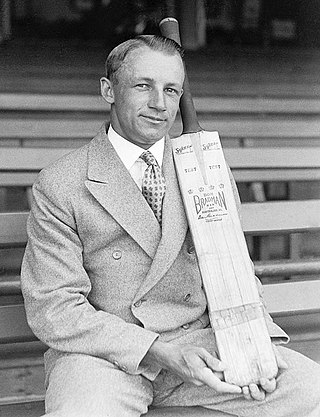
The 1948 Ashes series was that year's edition of the long-standing cricket rivalry between England and Australia. Starting on 10 June 1948, England and Australia played five Tests. Australia had not lost a Test since the Second World War and were strong favourites. Their captain Don Bradman had publicly expressed his ambition of going through the tour without defeat, and Australia won 10 of their 12 lead-up matches, eight by an innings. The England team, however, had several notable players themselves, including Len Hutton, Denis Compton and Alec Bedser. Nevertheless, the final result was a 4–0 series win for Australia, with the Third Test being drawn. They thus retained The Ashes. The Australians remained undefeated for their entire tour of England, earning them the sobriquet of The Invincibles.
Arthur Morris was a key member of Donald Bradman's famous Australian cricket team, which toured England in 1948. The Australians went undefeated in their 34 matches; this unprecedented feat by a Test side touring England earned them the sobriquet The Invincibles.

Don Bradman toured England in 1948 with an Australian cricket team that went undefeated in their 34 tour matches, including the five Ashes Tests. Bradman was the captain, one of three selectors, and overall a dominant figure of what was regarded as one of the finest teams of all time, earning the sobriquet The Invincibles.

The 1958–59 Ashes series consisted of five cricket Test matches, each scheduled for six days with eight ball overs. It formed part of the MCC tour of Australia in 1958–59, and the matches outside the Tests were played in the name of the Marylebone Cricket Club. The England team led by Peter May was labelled the strongest ever to leave England. It had the formidable bowling attack of Fred Trueman, Frank Tyson, Brian Statham, Peter Loader, Jim Laker and Tony Lock; the all-rounder Trevor Bailey; the outstanding wicket-keeper Godfrey Evans; and the batting of Colin Cowdrey, Tom Graveney, Raman Subba Row and Ted Dexter. They had won the last three Ashes series in 1953, 1954–55 and 1956, but lost the series 4–0 to Australia. It was one of the biggest upsets in Test cricket history and the biggest margin of defeat in an Ashes series since the 5–0 "whitewashing" inflicted by Warwick Armstrong's Australians in 1920–21.
The 1958-59 Australians defeated the touring England team 4-0 in the 1958–59 Ashes series. They were seen by the English press as having little chance of winning the series against the powerful England touring team. They had only one recognised great player, Neil Harvey and had lost the fast bowling combination of Ray Lindwall and Keith Miller and the other veterans of Don Bradman's Invincible 1948 team. There were, however, signs of recovery to those who would see them and E.W. Swanton believed that on their home ground Australia would be a shade better than England. The best indication of the forthcoming series was the M.C.C. and Australian tours of South Africa in 1956-57 and 1957-58. South Africa had a strong team in the 1950s, stunning the cricketing world by drawing 2-2 in Australia in 1953-54, losing 3-2 in the closely fought 1955 series in England and fighting back from a 2-0 deficit to draw 2-2 with Peter May's England in 1956-57. In 1957-58 Ian Craig led a team labelled as the weakest to leave Australia to a 3-0 victory over the Springboks with Richie Benaud, Alan Davidson, Wally Grout, Ken Mackay, Colin McDonald, Jim Burke and Lindsay Kline all in fine form. Norm O'Neill was not taken on tour, but struck innings of 175 in three hours and 233 in four hours in successive games against Victoria and was regarded as the "New Bradman".

The 1965–66 Ashes series consisted of five cricket Test matches, each of five days with six hours play and eight ball overs. It formed part of the MCC tour of Australia in 1965–66 and the matches outside the Tests were played in the name of the Marylebone Cricket Club. M.J.K. Smith led the England team with the intent on regaining the Ashes lost in the 1958–59 Ashes series, but the series was drawn 1-1 and they were retained by Australia. The Australian team was captained by Bobby Simpson in three Tests, and his vice-captain Brian Booth in two Tests.









